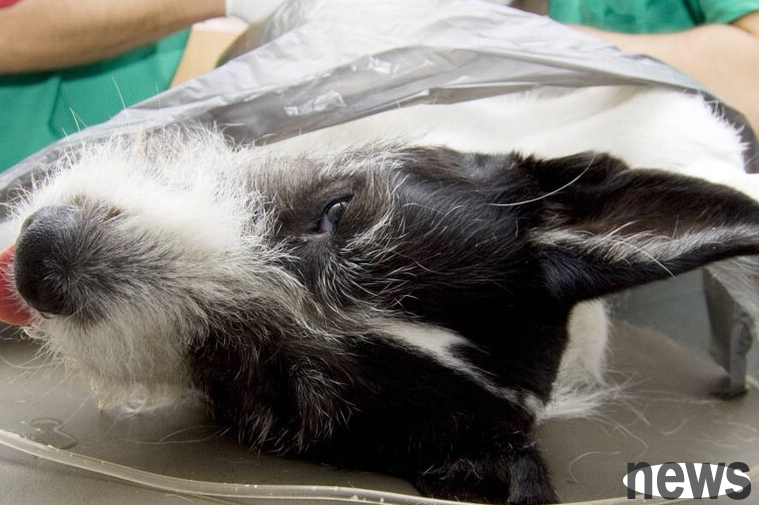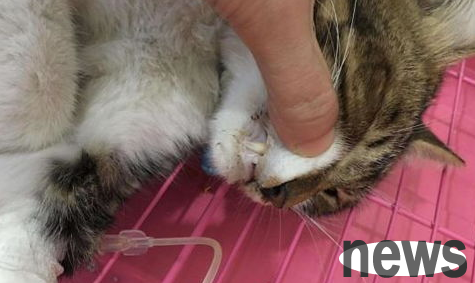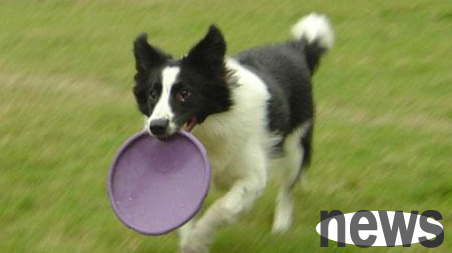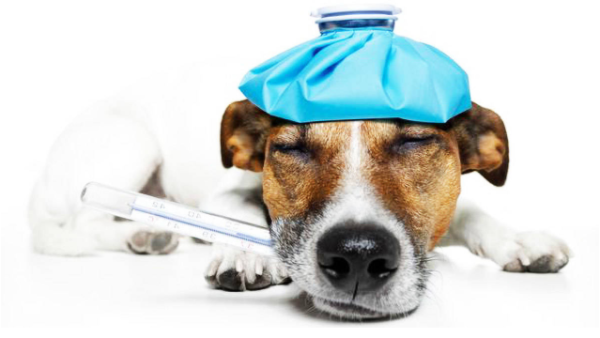After a dog is sterilized, how can it help it adapt to its new life better?
How can a dog help it adapt to its new life after sterilization?
Have your dog undergoes sterilization? If not, you may have a lot of questions and concerns. What are the benefits and disadvantages of sterilization for dogs? Will spaying make dogs unhappy or unhealthy? What kind of diet and care do dogs need after sterilization? What impact does sterilization have on dogs’ personality and behavior?
Today, we will give you some popular science about dog sterilization, hoping to help you make the most suitable choice for your dog and let you know how to help sterilized dogs better adapt to their new life.

What is sterilization?
Sterilization is a common pet contraceptive surgery that causes male dogs to lose their reproductive ability by removing their testicles or the uterus of their bitches. Sterilization can effectively control the number of stray animals and reduce the suffering of homeless small animals. At the same time, sterilization can also bring some health and behavioral benefits to pets. What are the benefits of sterilization?
According to a number of scientific studies, sterilization can bring the following benefits to dogs:
Reduce the risk of some hormone-related cancers and infections, such as testicular cancer, breast cancer, uterine pus storage, etc.
Reduce some problems in the prostate, urinary tract, genitalia, etc., such as prostate enlargement, urinary tract stones, genital dermatitis, etc.
Reduce the spread of some hereditary or congenital defects or diseases, such as hip dysplasia, epilepsy, heart disease, etc.
Extend life and improve quality of life. A survey of more than 30,000 pets found that the average lifespan of pets after sterilization was 1.8 years (male) or 3.1 years (male) longer than that of pets that were not sterilized.
Improve some behavioral problems, such as raising legs and peeing, marking territory, aggressiveness, estrus anxiety, elopement, etc.
Reduce the financial burden and mental stress of the owner. If sterilization is not performed, the owner needs to perform regular physical examinations and examinations on the pet to prevent or treat various possible problems. At the same time, the owner also has to face the problems of breeding or contraception during the pet's estrus, as well as possible placement of small animals. What are the disadvantages of sterilization?
While sterilization has many benefits, it is not without any risks or side effects. The following are some possible problems:
Sterilization surgery itself has certain risks, such as anesthesia allergy, bleeding, infection, etc. But these risks can be reduced by choosing a regular hospital, preoperative examinations and postoperative care. Pets after sterilization are prone to gain weight because of reduced hormone secretion, slower metabolism and increased appetite. But these problems can be solved by controlling diet and increasing exercise.
Pets after sterilization may experience some personality or behavior changes, such as becoming more docile, more loved ones, and more lazy. But these changes are not necessarily bad things, nor are they permanent, and are also affected by other factors, such as environment, training, social interaction, etc. Pets after sterilization may increase the risk of some other diseases, such as bone cancer, hip dysplasia, ligament tear, cognitive impairment, etc. However, the incidence of these diseases is not high, and it is also related to other factors, such as genetics, age, variety, etc. What is the best time for sterilization? The best time for sterilization varies from dog to dog. Generally speaking, the following aspects should be considered: breed and body size of the dog. Large and giant dogs take longer to develop and mature, so sterilization is recommended at 12 months or later. Small and medium-sized dogs can be spayed at 6 months or earlier.
The gender of a dog. Male dogs can be spayed at any age, but it is best to do it 8 months before so as not to develop some bad habits. Bitches are best sterilized before the first estrus to reduce the risk of breast cancer and uterine pus.
Dog's health status. Sterilization surgery requires preoperative examinations to ensure that the dog has no problems affecting the safety of the surgery, such as infection, anemia, heart problems, etc. At the same time, avoid sterilization during the estrus or pregnancy to avoid increasing the risk of surgery and recovery time.
In short, the best time for sterilization needs to be determined based on the specific situation of each dog and the veterinary advice, without a fixed answer. How can
help it better adapt to its new life after sterilization?
If you have sterilized your dog, then you need to pay attention to the following points to help him adapt to his new life better:
Give him enough rest and quiet. After sterilization, your dog may feel sleepy or groggy and it needs to rest in a comfortable and quiet place. You can prepare it a clean and warm nest or mat to let it sleep freely. Don't force it to eat or play, and don't let other animals or children bother it.
Give it the right diet and moisture. Your dog may feel nauseous or vomiting after a sterilization, so don't give it too much or too greasy food. You can give it liquid or digestible foods, such as canned food, wet food, nutritional paste, etc. At the same time, make sure it has enough water intake to prevent dehydration.
If you give it the right diet and moisture. Your dog may feel nauseous or vomiting after a sterilization, so don't give it too much or too greasy food. You can give it liquid or digestible foods, such as canned food, wet food, nutritional paste, etc. At the same time, make sure it has enough water intake to prevent dehydration. If your dog refuses to eat or drink water, you can try feeding it some with your finger or syringe, but don't force feed it.
Give it proper exercise and play. After sterilization, it takes a while for your dog to recover and get physically and mentally, so don't let it do too intense or prolonged exercise. You can give it some easy and safe toys, such as plush toys, gum bites, tow ropes, etc., so that it can play on its own or interact with you.. You can also take it out for a walk, but be careful to control speed and distance and avoid running, jumping or pulling.

Give it the correct care and observation. After sterilization, your dog may have some wounds or sutures, and you need to check them daily for abnormalities such as swelling, bleeding, secretions, etc. If so, you need to contact the veterinarian for treatment. Meanwhile, you want to prevent your dog from licking or biting them, you can wear an Elizabethan ring or a comfortable dress to protect them. In addition, you should also observe your dog's mental state, appetite, excretion, etc. If there are any abnormal changes, you should also contact the veterinarian in time.
Give it enough love and care. After sterilization, your dog may feel uncomfortable or uneasy, and it needs you to give it more love and care to make it feel safe and comfortable. You can accompany it, caress it, and speak to it to let it know that you are by its side. You can also give it some rewards and encouragement, such as delicious snacks, gentle words, cheerful music, etc., to make it happy.
In short, sterilization is a favorable choice for both dogs and owners, but it also requires the owner to prepare and care to help the dog better adapt to the new life. If you have any questions or confusion about sterilization, please consult our professional veterinary team.















